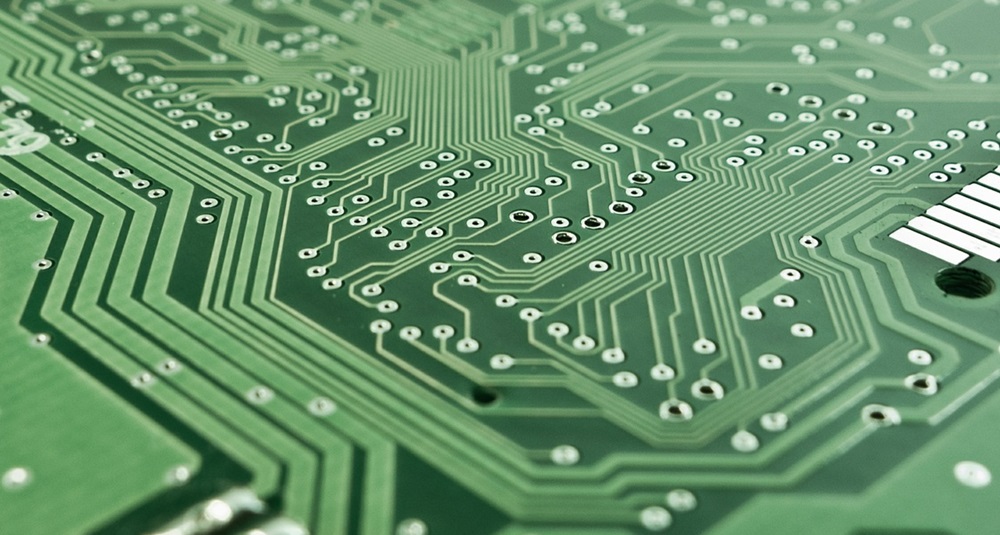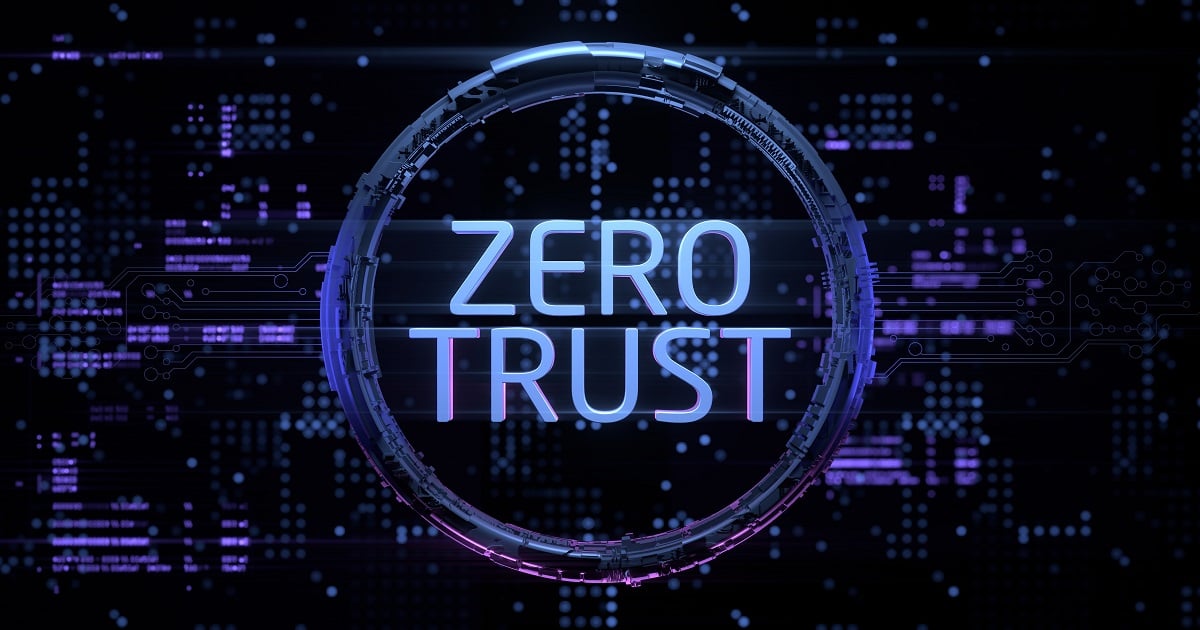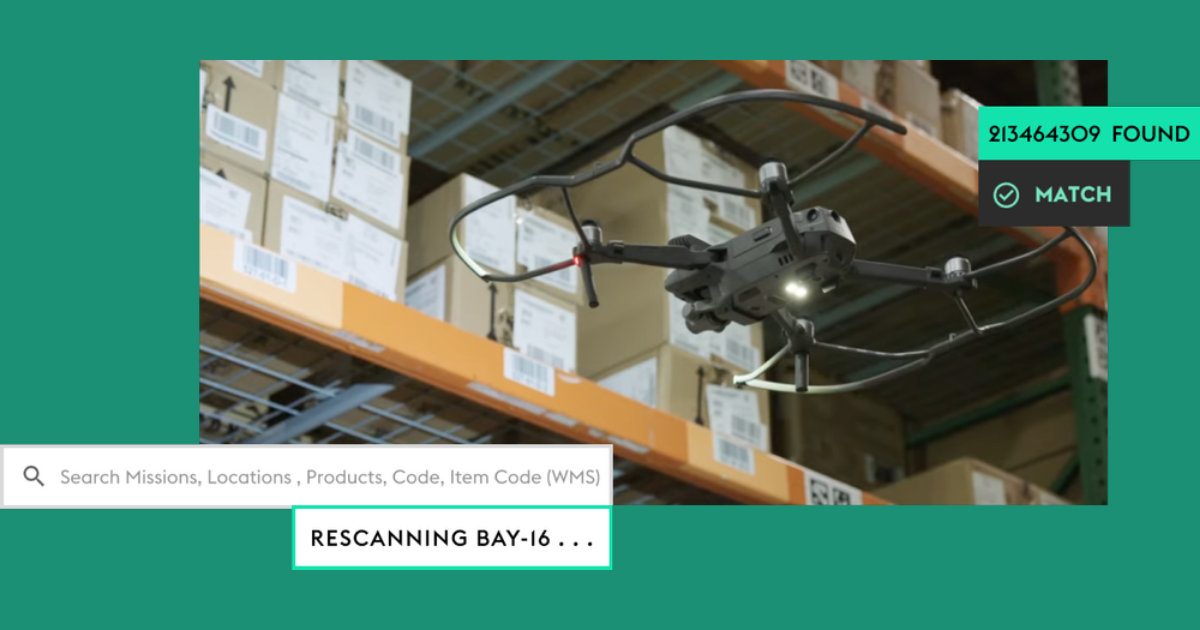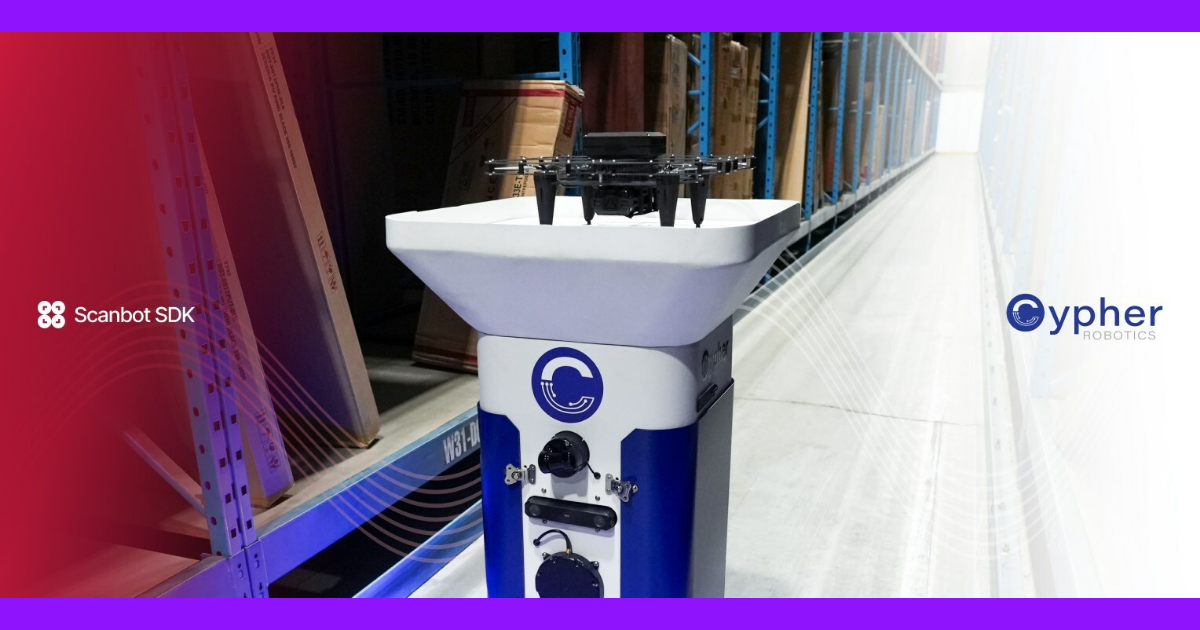
An important challenge of many Internet of Things (IoT) use cases is that they involve variable systems that evolve over short periods of time. For example, a fleet of long-haul trucks may be impacted by a change in road or weather conditions in a region of the country. As a result, the decision model related to routes and delivery times must adapt in real-time. Such machine learning (ML) powered “continuous learning systems,” which update continuously as new data enters the system, provide the capability needed for this type of intelligent adaptation.
Affordable continuous learning systems will enable a range of IoT use cases that will drive major advances in a number of industries.
- Supply chain – By using IoT sensors to track the location and condition of supplies, distribution companies and manufacturers will be able to automatically update logistics and sourcing strategies to maintain production capacity.
- Manufacturing – By using IoT sensors to track factory floor conditions – temperature, machine outages, location of technicians, number and location of spare parts, etc. – factories will be able to automatically optimize production.
- Smart cities – By analyzing data from multiple sources, including IoT devices – traffic cams, weather stations, police reports, event calendars, etc. – cities will be able to update their traffic flow models in real-time and feed this information to self-driving cars, so they can update their routes accordingly and reduce congestion.
When built on a hybrid transactional/analytical processing (HTAP) architecture, a continuous learning system (referred to by Gartner as “in-process HTAP”) offers a path to significantly higher performance and therefore improved business results compared to systems relying on static decision models.
The vital importance of HTAP is that it incorporates the capabilities of separate transactional databases (OLTP) and analytical databases (OLAP) into a single data store. This combination removes the requirement for an extract, transform, load (ETL) process, eliminating this unacceptable time delay for use cases that require real-time decision making. HTAP enables real-time analysis of the live data without impacting transactional performance.
Achieving HTAP with In-Memory Computing
In-memory computing consists of a number of technologies that enable HTAP and continuous learning systems.
- In-memory data grid – An in-memory data grid is deployed on a cluster of on-premises or cloud servers. It can leverage the cluster’s entire available memory and CPU power for processing and is scaled out by adding new nodes to the cluster. An in-memory data grid can be easily inserted between the data and application layers of existing applications without the need to rip-and-replace the existing database.
- In-memory database – An in-memory database is a fully operational database that stores data in memory and provides RDBMS capabilities, including SQL support. The need for ripping-and-replacing the data layer makes in-memory databases challenging for existing applications. However, an in-memory database is an appropriate option when building new applications or undertaking a major re-architecting of an existing application.
- Streaming analytics – A streaming analytics engine is essential for managing the complexity around dataflow and event processing. By taking advantage of in-memory computing speed, the streaming analytics engine allows users to query active data without impacting performance.
- Continuous learning framework – A continuous learning framework serves as a building block for in-process HTAP for operational data sets up to petabytes in size. The framework includes machine learning (ML) and deep learning (DL) libraries that have been optimized for massively parallel processing. This allows the system to run each ML or DL algorithm locally against the data residing in memory on each node of the in-memory computing cluster. This architecture makes it possible for the ML or DL model to continuously incorporate new data without impacting database performance.
- Memory-centric architecture – A memory-centric architecture is important for very large deployments. Built using a distributed ACID and ANSI-99 SQL-compliant disk store that can be deployed on spinning disks, solid state drives (SSDs), Flash, 3D XPoint and other storage-class memory technologies, this architecture allows the fully operational data set to remain on disk, while only a subset of user-defined data is maintained in the in-memory data grid or in-memory database. This flexibility allows organizations to establish the optimal tradeoff between infrastructure costs and application performance. For production environments, a memory centric architecture also enables faster recovery following a reboot since the data can be accessed immediately from disk without waiting for it all to be loaded into memory prior to processing.
For many IoT use cases, obtaining the full benefits of digital transformation or omnichannel customer experience initiatives will require companies to solve the continuous learning challenge. Mature in-memory computing solutions offer a technology path to achieving the performance and scalability necessary to deliver continuous learning systems. However, the availability of the technology is not enough. Companies must be able to implement these technologies cost-effectively. Fortunately, today’s affordable memory costs and the maturation of open source in-memory computing software have made building large-scale HTAP infrastructures to drive continuous learning systems practical across a range of industries and use cases.
About the Author: Nikita Ivanov is founder of the Apache Ignite project and CTO of GridGain Systems. Ivanov has led GridGain to develop advanced and distributed in-memory data processing technologies - the top Java in-memory data fabric starting every 10 seconds around the world today. Ivanov has more than 20 years of experience in software application development, building HPC and middleware platforms, contributing to the efforts of other startups and notable companies including Adaptec, Visa and BEA Systems.
Edited by
Ken Briodagh





